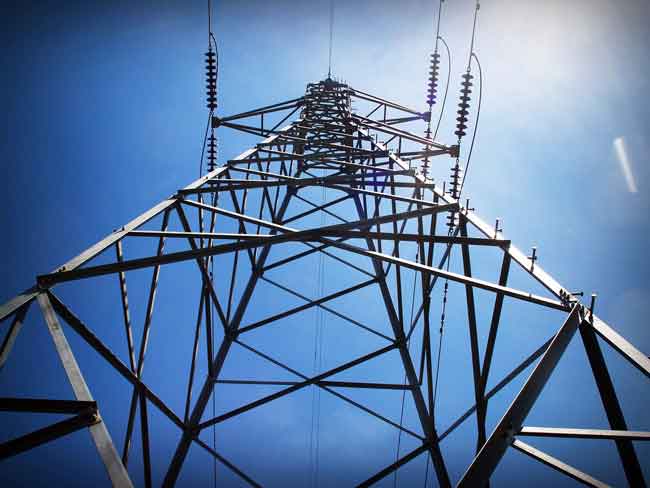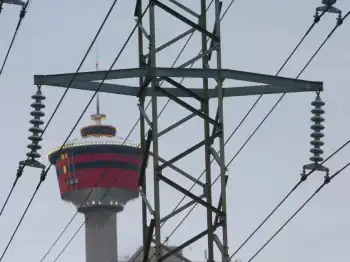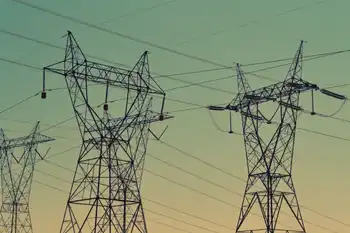Ontario renewables fuelling job creation
ONTARIO - Although privately generated renewable energy is a relatively new development, OntarioÂ’s feed-in-tariff FIT program is already keeping electricians, engineers, roofers and other building tradespeople and professionals busy.
Think of FIT, a component of the provinceÂ’s Green Energy Act, as a 20-year investment and job-creation scheme. Through individual contracts with landowners, developers or other interested parties, the Ontario Power Authority OPA is purchasing power from privately built and maintained solar photovoltaic rooftop and ground-based arrays and other similar sources.
Projects vary dramatically, from single-kilowatt panels atop small buildings to large wind and solar farms involving heavyweights like Samsung and Sun Edison. Participants earn a fixed-price for electricity supplied to the grid.
Like many new industries, solar is awash with buzz. Organizers of this yearÂ’s Canadian Solar Industry Association CANSIA convention at the Metro Toronto Convention Centre boasted some 3,500 attendees, up from 100 five years ago.
“This is the biggest conference the solar industry’s ever seen in Canada,” CANSIA president Elizabeth McDonald told delegates.
At the same event, Ontario Energy Minister Brad Duguid sang the praises of the FIT program, and its junior MicroFIT counterpart, designed for projects generating less than 10 kilowatts.
Duguid said the OPA has awarded more than 1,200 FIT contracts, while 2,000 MicroFIT projects are online, nearly half of them solar.
“Ontario has more than 140 megawatts of photovoltaic capacity online today and more than 1,300 megawatts of additional capacity under contract,” Duguid told delegates. “We’ve created over 50,000 clean-energy jobs, direct and indirect, across this province.”
Duguid promised that his government is far from done, and that it will invest $9 billion in solar energy over the next two decades and increase the amount of wind, solar and bioenergy from three percent of todayÂ’s energy mix to 13 per cent by 2018.
In an interview, Peter Olders, provincial training co-ordinator with the International Brotherhood of Electrical Workers Construction Council of Ontario, said the fact that nearly 1,000 of IBEWÂ’s 15,000 Ontario members have completed a 16-hour FIT training course indicates that the programs are providing a meaningful amount of work for the provinceÂ’s electricians.
The larger solar farms, including two near Ottawa and others close to Hamilton and Sarnia, are proving to be the biggest employers, Olders said, adding that construction of the larger installations generally takes four to six months but can last up to a year.
Sean Strickland, chief executive officer of the Ontario Construction Secretariat OCS, said the FIT programs have generated work in multiple trades, particularly for electricians but also for general labourers, millwrights and operating engineers, with tasks including grading, preparing and servicing sites.
“My sense, overall, is that it has generated construction jobs and has stimulated economic activity, but we’re uncertain to what extent and what the quantum of that increased activity is,” Strickland said.
Every year, the OCS surveys 1,000 contractors to gauge industry trends and plans to inquire about any impact the Green Energy Act has had on them.
Strickland said he anticipates even greater impact next year, as the projects pick up steam, but further activity will depend on the long-term sustainability of the renewable energy business.
Gregory Cook, who runs Cook Consulting Engineers in Aurora, Ont. and is involved in projects ranging from single-rooftop installs to energy “farms” on large tracts of land, said he’s currently in the planning stages for several projects.
One client wants to install a 20-kilowatt solar photovoltaic array on the roof of an office building he purchased in Scarborough, Ont. and Cook has helped him plan the set-up, which would involve moving the buildingÂ’s parapets so they donÂ’t block the sun.
Another client, meanwhile, wants to convert an old 350-acre air base in Niagara Region into a large solar and wind site.
“We’re at the nascent stage of something that’s going to be big,” Cook said. “It’s a brand new opportunity, a brand new industry.”
Cook said he sees room for a diverse range of players.
“You have a structural component, a mechanical component, an electrical component, so some of these trades are going to have an opportunity through specialization.”
Indeed, because the solar activity is attracting such a breadth of tradespeople and professionals, the IBEW is concerned that contractors who arenÂ’t certified electricians will end up doing electrical work on projects.
Peter Olders says solar raises unique safety concerns for the untrained.
“If the sun’s out, the systems are generating power and there could be a lethal issue,” Olders said.
And while IBEW training also covers work-quality issues — emphasizing, for instance, the challenges of installing systems outdoors — Olders said the work itself isn’t overly complicated.
“Hospitals, refineries and auto manufacturing plants have much more complex technology than solar,” Olders said. “Aside from some performance and safety issues, it doesn’t take a lot for electricians to become 100 percent proficient at this.”
Related News

Relief for power bills in B.C. offered to only part of province
VANCOUVER - On April 1, B.C. Premier John Horgan announced relief for BC Hydro customers who are facing bills after being laid-off during the economic shutdown due to the COVID-19 epidemic.
“Giving people relief on their power bills lets them focus on the essentials, while helping businesses and encouraging critical industry to keep operating,” he said.
BC Hydro residential customers in the province who have been laid off due to the pandemic will see a credit for three times their average monthly bill and small businesses forced to close will have power bills forgiven for three months.
But a large region of the…




